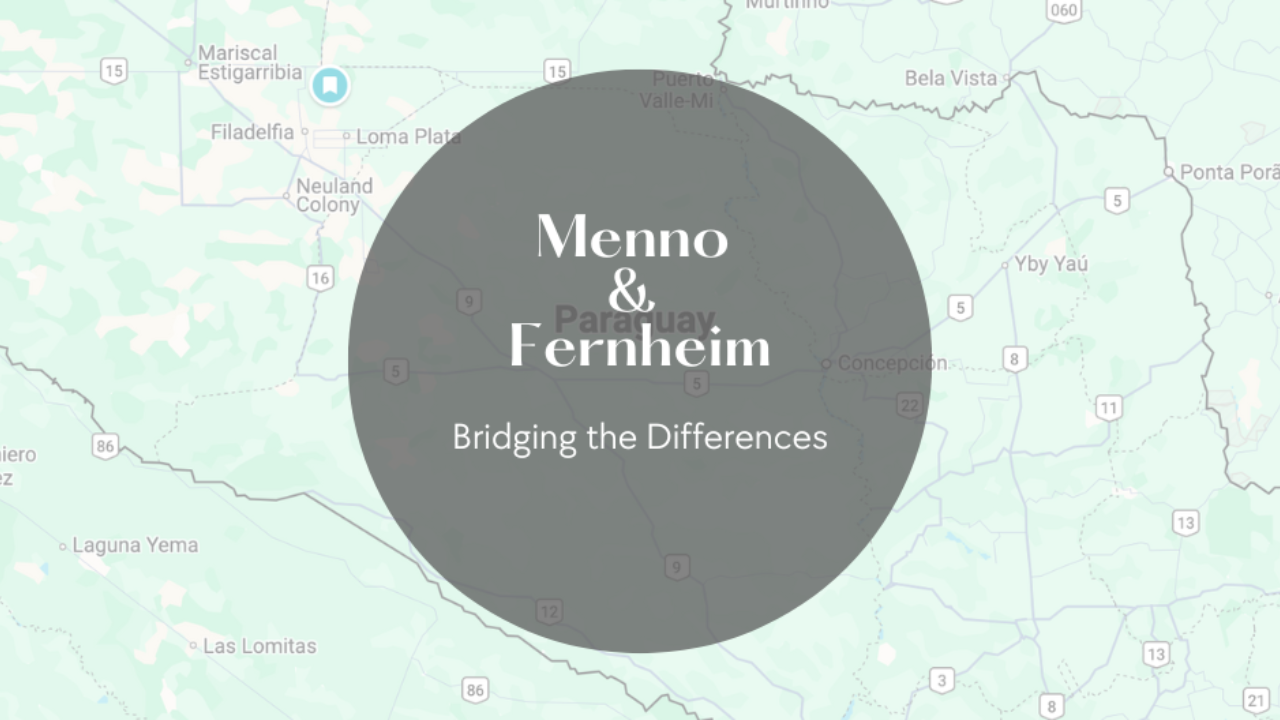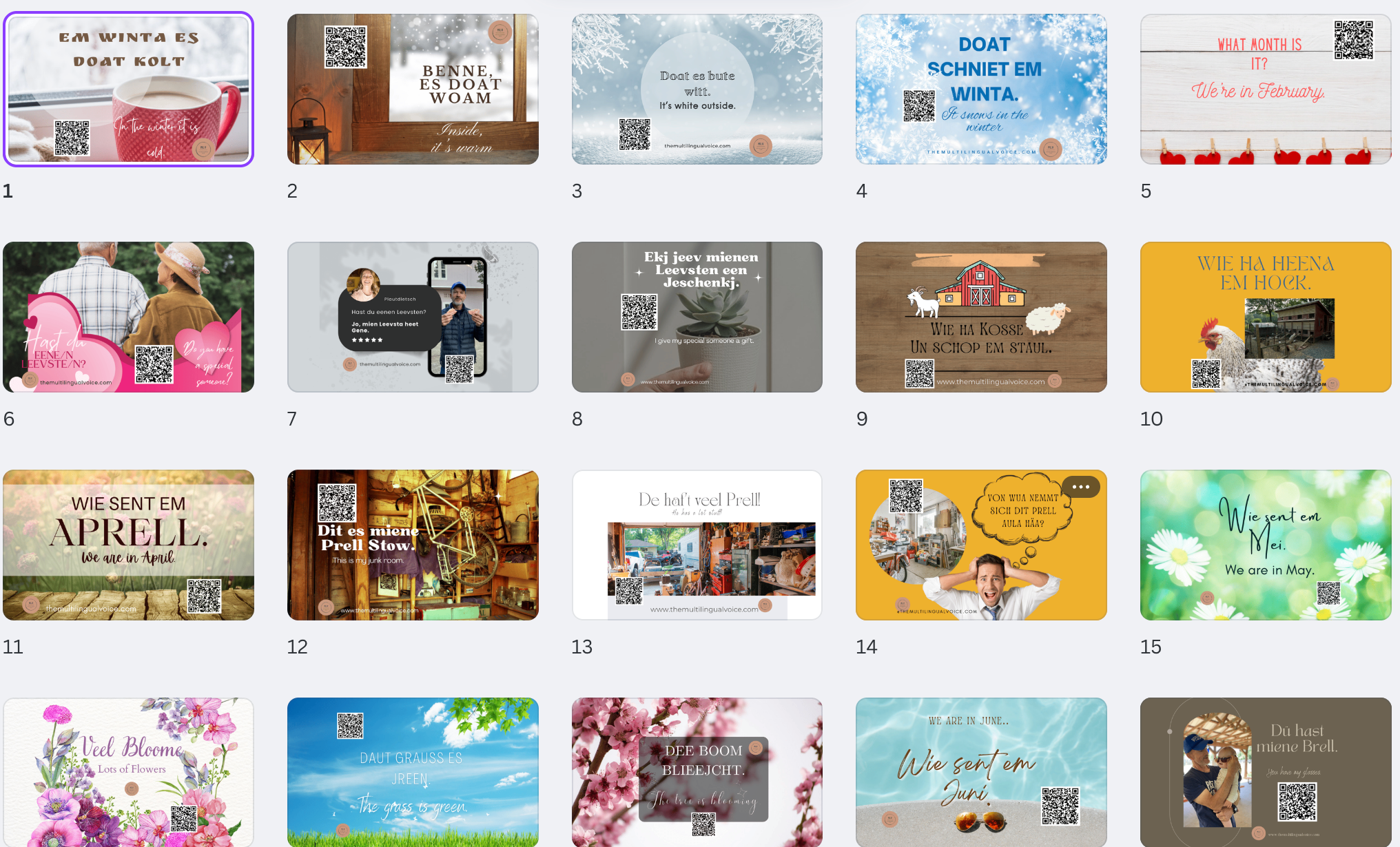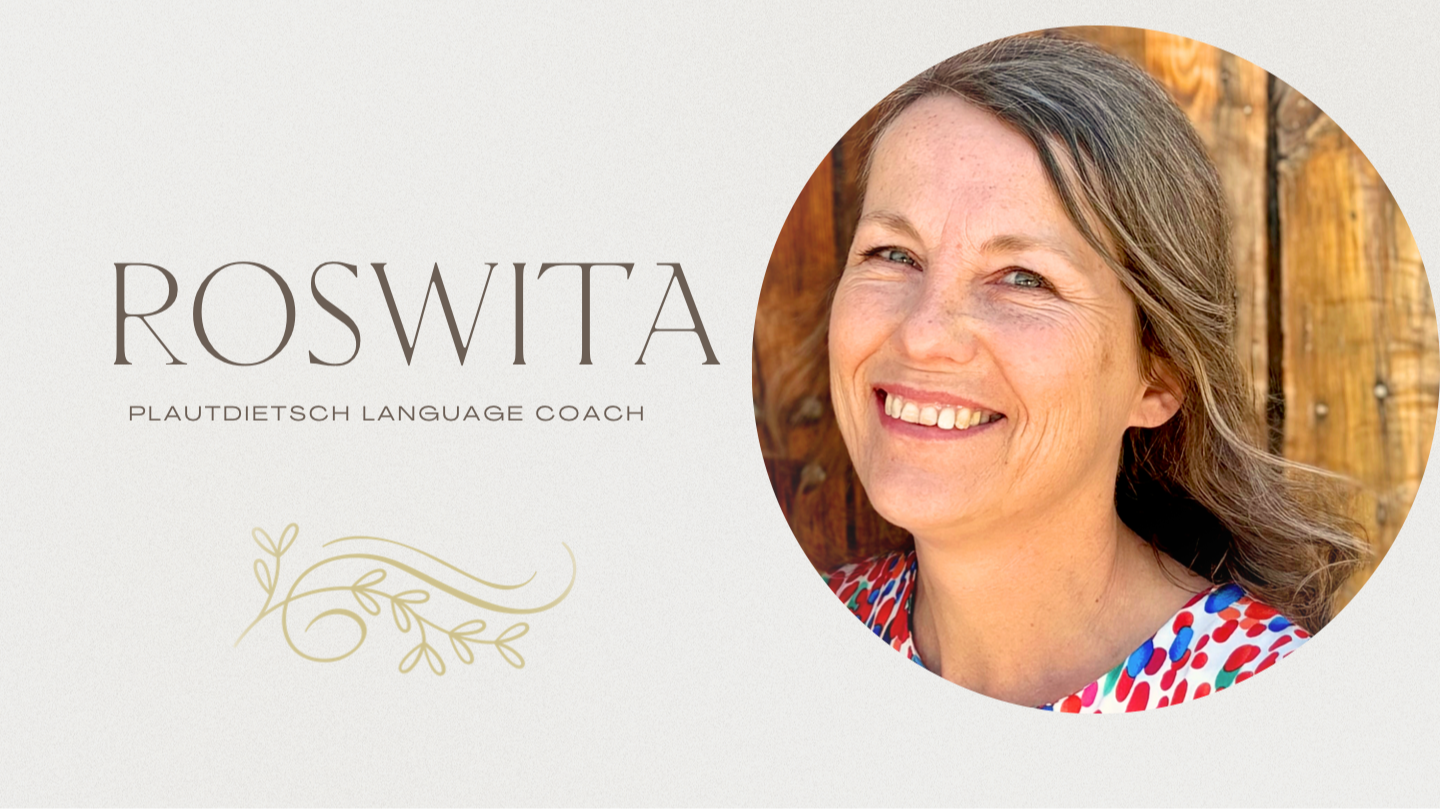ELL Strategy: Making Visual Connections
Making visual connections when learning a new language is pretty important, especially when trying to understand and connect to the new meaning of these words. Strategy number seven is using imagery or creating visual cues to connect to meaning. When learning new vocabulary and phrases in a target language, add little pictures or sketches to support its recall.
The sketches shouldn't be anything elaborate, just something quick to help make meaning of the new words. It's amazing how our brains can connect and remember certain visual stimuli. I still remember some sketches you drew when you wrote me 30 years ago. Isn't that amazing how the brain can remember?
I love how Gene would bring words to life by adding images to his words. We had a long-distance dating relationship, and back then, we didn’t have social media, let alone the internet, to connect. We would write things on paper and send our words in the mail. Sometimes it would take two months of waiting for the response to arrive, depending on where you were. Gene’s letters were always entertaining because of the visual cues he would add to his letters.
We practiced using that same imagery strategy but connecting it to language learning. I have a comic strip template for Gene to add sketches that connect to the phrases he’s learned in my heritage language, Plautdietsch. After completing this task, we looked at what he did and saw how he made connections to create meaning with visual images. The following is our dialogue of this reflection -

Rose - The setting is not the Pacific Northwest. I see a cactus in the background. What I love about this strategy is that you have made a resource that connects with your experiences. It's not something from a book, and it's not something somebody else thought of. It's your creation. It's your background knowledge. Go ahead and explain it.
Gene - I chose the setting of Chaco, Paraguay, where we both met, and Rose grew up. I grew up in South America so the setting could be easily over there without the cactus. I loved riding motorcycles growing up, and that's the topic I've been trying to learn and build on.
Eating ice cream is another fun thing, especially in hot countries.
Rose - Exactly. And then I see that for the word ‘schwind fore’ or driving fast, you added some speed to that bike so you could do that ‘pop a wheely.’
Gene - For the phrase ‘op pose’ or ‘be careful,’ there's a big hole in the road and a little sign probably saying ‘Be careful.’ So I'm standing up on the bike, looking down, and being careful. I'm going to slow down.
Rose - That's awesome. You never know when you will hit a massive pothole in the Chaco!
Ways to use this template to further your language learning -
- These pictures can be used with a language helper to go over different topics.
- Expand on the vocabulary as you learn more words. That's right. You can add new little frames.
- You can add speech bubbles to add dialogue between different people.
- Cutting them out as flashcards could be a great way to practice recall.
- Scramble the flashcards and put them in order.
Listen to the recording to hear how Gene review and practices phrases in Plautdietsch.
The Language Learning Guide
Get the FREE resource to boost your language learning efforts.
If you are wanting to learn a new language for a specific situation and you just can’t find the program to meet that need, I’ve created a guide with strategies and tools to create phrases that resonate with your context.
We hate SPAM. We will never sell your information, for any reason.




